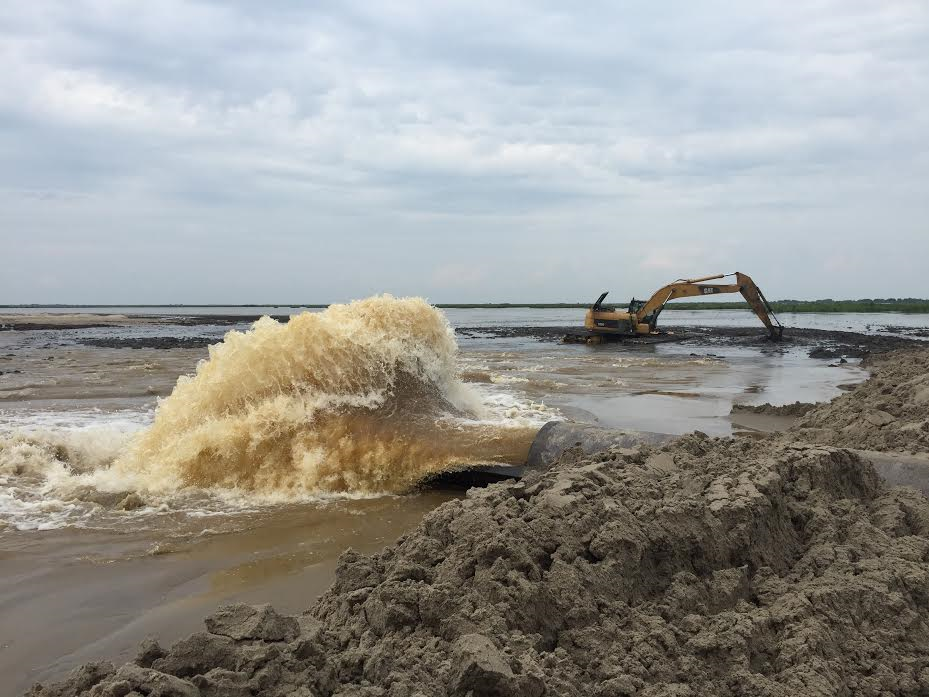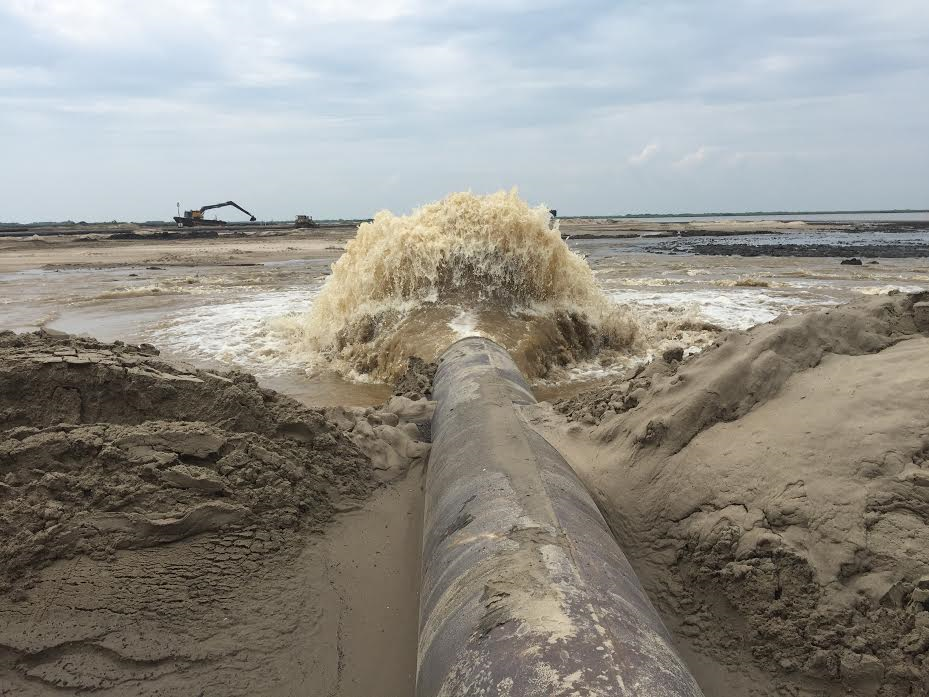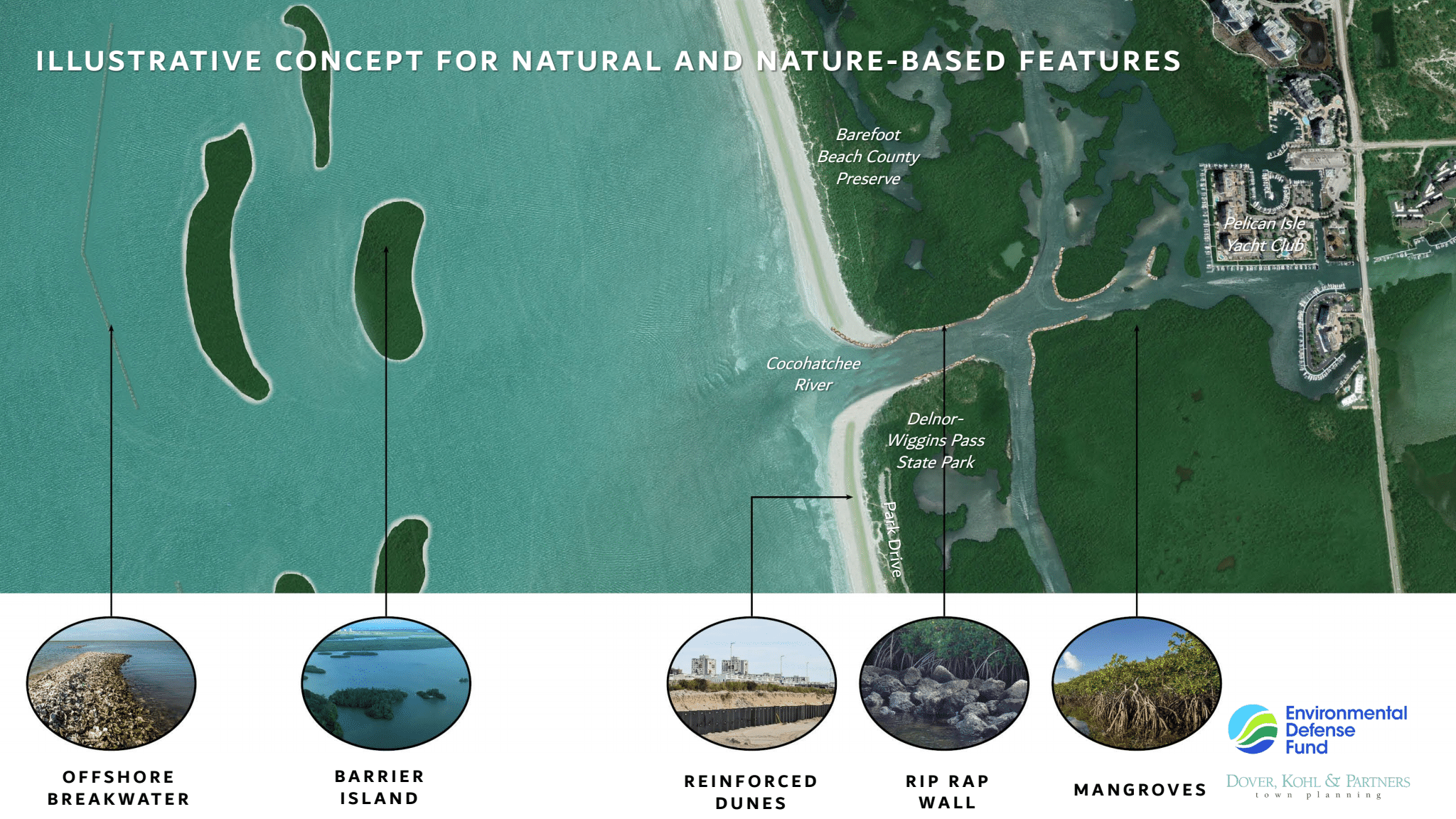White blankets of sand, bright blue water and palm trees swaying with the breeze – it’s the picturesque landscape that comes to mind when you think of Florida’s beaches. But this stunning scenery comes at a cost with the need to regularly artificially replenish eroding shorelines, a process also known as beach nourishment.
Over the last 87 years, Florida has spent at least $1.9 billion on beach nourishment, and state and local governments pay $30 to $50 million per year to maintain their coastlines. While this may mean beautiful beaches, taxpayers should question if beach nourishment alone is the best investment for Florida in the long-term.
The economic impacts of beach nourishment
Leaders often turn to beach nourishment due to its immediate gratification and seemingly straightforward, practical solution to coastal erosion. The process quickly restores the shoreline, and it is beneficial for tourism and beachfront development. But constant maintenance, sometimes as frequently as every two years, can also tie communities into an expensive cycle of nourishment projects which can result in strained budgets and uncertainty around long-term solutions.
As it stands today, some Florida communities, like in Miami Beach, are paying $30 to $50 per cubic yard of sand – and with inflation and climate change we can expect it to increase over time.
The federal government will sometimes fund beach nourishment after a storm, but communities are often the ones putting millions of dollars into continued maintenance. Funding would be better spent on long-term solutions for the communities at risk, such as nature-based solutions or if necessary, strategic relocation.
Poor water quality and wildlife impacts
Florida’s beaches host more than 90% of all sea turtle nesting in the country. Therefore, how the state manages its beaches has a profound impact on the long-term protection and recovery of sea turtle populations.
An influx of sand, often dredged from offshore locations known as borrow sites, can devastate critical Florida sea grass habitat and Florida’s coral reef tract. When excess sediment lingers in the water column it can impact water quality and smother coral reefs, which are home to more than a million underwater species. In Broward County, communities are already noticing stressed and degraded corals due to dredging.
Additionally, imported sand can bring new contaminants and destroy habitat for shorebirds and other wildlife while making erosion even worse in other parts of the shoreline.
Climate impacts are making the problem worse
Florida is already experiencing impacts from sea level rise, along with more frequent and intense storms resulting in worsening erosion. In fact, just 30 years ago the U.S. renourished 15 miles of barrier islands every five to ten years – while today, every few years the U.S. renourishes 125 miles of barrier islands. Florida is also running out of sand.
Research shows more affordable and sustainable solutions exist. In fact, many nature-based measures, like oyster reef restoration, are considered to be some of the most cost-effective options out there. Right now, the University of Miami and the Department of Defense are evaluating how hybrid natural and artificial reefs can slow erosion. And for good reason since healthy reefs have shown to dissipate wave energy by 97%. In addition, dune restoration with native plants can help stabilize the shoreline providing a line of defense for structures behind it while restoring the ecosystem and offering valuable habitat.
It’s time for Florida stakeholders, ranging from local governments to environmental organizations to scientists and community members, to come together and find solutions to reduce the long-term costs and impacts of beach nourishment to Florida’s communities. While beach nourishment is one method to restore coastal land, alone it does very little to protect upland structures. More cost-effective sustainable solutions exist and should be deployed to safeguard Florida’s families and unique coastal beauty for future generations.













One Comment
That is very interesting. I have always wondered what the impacts of importing sand were and wondered if there were better ways to handle it. Being from Homestead, we go down to the Florida Keys a lot and have noticed the effect of reefs out off the coast. It will be interesting to see if Miami-Dade decides to use the artifical reefs in their plan to curb erosion. We are noticing a huge demand for artificial turf in home landscaping for this same reason. Obviously, grass is the best curb for that but the maintenance is expensive so probably the same goes for reefs.